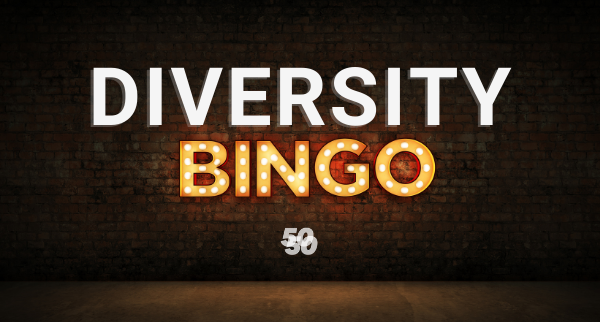
I’ve put together a few of our most common responses when we chat with companies about diversity and inclusion. Have a read and let me know if you’ve heard them before or whether any of them resonate with your workplace!
“We have a good gender split here.”
Hummm.. But do you really have a good gender split? I bet your tech department is full of men and your HR and marketing functions are most likely more female. Having a good gender split overall is celebrating vanity metrics. We need to drill down into each function and department and also look at things like our split between the different levels of management too. I’d encourage organisations to really drill down in to their sex-disaggregated data to really see what story it tells. What does the true gender split really look like now?
“Women just don’t apply for our roles.”
Again, we need to delve deeper here. We need to be asking *why* women aren’t applying. Inclusive hiring strategies are not something to cover in one paragraph, but here’s a few things to ask yourself;
- How are your job ads written?
- Think about Job Titles (don’t get me started on ‘Gurus’, ‘Ninjas’ or ‘Rockstars’)
- Are you shouting about flexible / smart working opportunities?
- Is your extensive list of essential skills really all essential
- What tangible benefits are in place
- Are you invested in diversity and inclusion and are you shouting about your commitment to positive change
- Where are you advertising roles? It’s time to think outside the box and increase your visibility. There’s a whole host of diverse job boards, local and national meetup groups, network and membership organisations to begin exploring.
- Inclusion should be ingrained in your cultural DNA. Is your workplace culture supportive and attractive to women? What team building activities do you do…do you invest in employee development? Are your policies inclusive and easily accessible to everyone?
“HR deals with all that”
Yes… but. We all create inclusion or exclusion and that’s why it’s really important to engage EVERYONE. To create real change we must take an inclusive approach and ingrain it into our workplace culture, ideally with the agenda owned at the top and led from the bottom up. With that being said, HR shouldn’t be wholly responsible for creating that positive change.
“We have a problem internally, can you help?” VS “We don’t have a diversity problem”
It’s not uncommon that companies reach out to us when they’re dealing with a crisis. It’s often in response to inappropriate workplace behaviour that’s sparked the realisation that more training and attention to policies and culture is required. This is of course something we can help with, but my advice would be to be proactive rather than reactive.
Cases of discrimination or harassment are detrimental to everyone involved. And honestly, there’s never any winners when it gets to this stage. Everyone comes away scarred.
Even if you don’t have a diversity problem, keep in mind that you might not be privy to everyone’s opinion or experiences at work. Be proactive and instill a culture of inclusivity where everyone is clear about what’s acceptable and what will / will not be tolerated. We want to make sure every single colleague feels valued, safe and that they can be themselves at work.
If you’d like to chat about diversity and inclusion in the workplace you can arrange a virtual cuppa to pick my brains – Here’s a link to my diary.